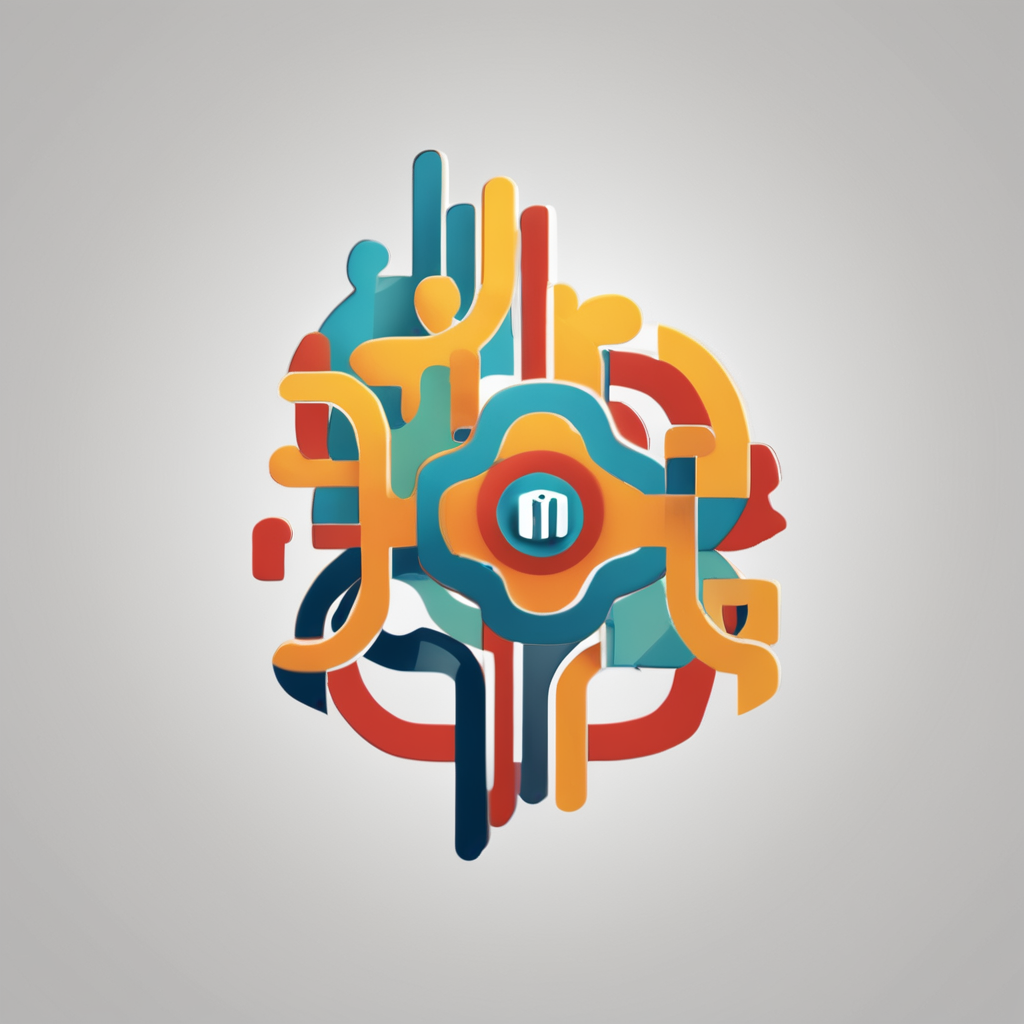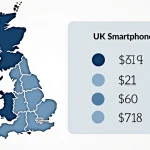The impact of UK computing hardware on healthcare progress
UK computing hardware has played a pivotal role in healthcare advancements, driving significant progress in medical technology UK. Domestically developed computing systems enable faster data processing, crucial for managing patient records, diagnostic imaging, and real-time monitoring. This foundation supports innovations like AI-assisted diagnostics and personalized treatment plans.
One key advancement is the integration of high-performance UK computing hardware into medical imaging technologies. Enhanced processing power allows for more detailed scans and quicker analysis, improving diagnostic accuracy and patient outcomes. Additionally, UK hardware supports cloud computing infrastructure, facilitating seamless data sharing across healthcare providers, thereby accelerating collaborative research and informed decision-making.
Also read : What are the benefits of UK computing hardware in quantum computing?
Meeting the demands of modern healthcare delivery requires not only sophisticated technologies but also reliable, efficient computing hardware. UK computing hardware offers customization and security benefits, essential for protecting sensitive medical data. Its development aligns with the healthcare sector’s increasing need for scalable, adaptive digital solutions, ensuring ongoing innovation in medical technology UK and sustaining improvements in patient care quality.
Leading UK computing hardware technologies powering healthcare
The UK is at the forefront of hardware technologies UK, driving significant advancements in medical computing to enhance patient care. Custom processing units designed specifically for healthcare applications play a crucial role in managing complex computations, such as AI-driven diagnostics and large-scale genomic data analysis. These specialized processors offer superior performance over generic hardware by optimizing speed and energy efficiency.
Also to see : How Has Recent Computing Hardware Impacted Everyday Life in the UK?
High-performance servers form the backbone of medical computing infrastructure, supporting massive data workloads and enabling real-time analysis. These servers handle intricate medical imaging tasks like MRI and CT scans, where rapid processing and accurate rendering are critical. The ability to process such images swiftly facilitates timely diagnoses, improving treatment outcomes.
Innovative healthcare hardware innovations also focus on secure data storage and fast data transfer solutions. Given the sensitive nature of patient information, these technologies ensure compliance with data protection regulations while maintaining seamless access across hospital networks. Advances such as encrypted storage systems and high-bandwidth connectivity reduce latency and protect data integrity, enabling healthcare professionals to collaborate efficiently and provide better patient care.
Together, these hardware technologies UK solidify the nation’s position in driving cutting-edge medical computing solutions, contributing to a more responsive and effective healthcare system.
Real-world healthcare applications in the UK
Advancements in applications in healthcare have transformed medical imaging and diagnostics across the UK. Cutting-edge computing hardware powers AI-assisted diagnostics, enabling clinicians to make faster, more accurate decisions. This technology excels in processing vast amounts of patient data from electronic health records, unlocking insights that would be difficult to detect manually.
In medical imaging, AI diagnostics UK systems enhance image analysis, spotting abnormalities earlier than traditional methods. For instance, sophisticated algorithms help radiologists detect subtle signs of cancers and cardiovascular diseases, improving patient outcomes through earlier interventions. These innovations reduce human error risks and free up valuable time for healthcare professionals.
Additionally, the integration of AI with imaging technology facilitates personalized treatment plans. AI tools aggregate diverse patient data, refining diagnostic accuracy by considering multiple factors simultaneously. This holistic approach exemplifies how applications in healthcare combine technology and medical expertise to streamline workflows and elevate care quality throughout NHS facilities.
The UK’s commitment to adopting such AI-driven solutions continues to expand, demonstrating real-world benefits in medical imaging and diagnostics. Embracing these technological strides in AI diagnostics UK promises ongoing improvements in healthcare efficiency and patient prognosis.
Case studies: UK-led collaborations advancing patient care
UK-led health-tech collaborations showcase how partnerships between hardware firms and NHS trusts drive innovation. For example, several NHS hospitals have integrated cutting-edge computing systems designed by local technology companies. These systems boost diagnostic accuracy and reduce patient waiting times, demonstrating tangible benefits in clinical settings.
One notable UK case study involves a collaboration where a hardware firm supplied advanced imaging devices aligned with hospital IT infrastructure. This partnership enabled real-time data sharing and improved treatment monitoring. Such healthcare hardware partnerships illustrate the potential for combining technical expertise and clinical needs.
Furthermore, research initiatives often unite universities, tech companies, and healthcare providers. These collaborations explore new devices and software, advancing personalized medicine and remote patient monitoring. The synergy promotes rapid development cycles and better patient outcomes.
In essence, UK healthcare hardware partnerships are paving the way for smarter hospitals. By leveraging advanced computing and joint research, these collaborations enable more effective patient care tailored to evolving healthcare challenges. This model serves as a blueprint for integrating technology deeply into health systems.
Benefits of UK computing hardware in healthcare efficiency and outcomes
Exploring how advanced technology boosts care quality
The integration of UK computing hardware significantly drives healthcare efficiency. Faster processing enables shorter diagnosis times, allowing clinicians to make timely, informed decisions. This quick turnaround is vital for personalised treatments that cater directly to patient needs, contributing to improved patient outcomes.
UK health-tech benefits extend beyond speed. Enhanced system reliability reduces delays in hospital workflows, improving overall operational efficiency. This efficiency helps healthcare providers allocate resources more effectively, reducing wait times and increasing patient throughput without compromising care quality.
Moreover, advanced UK computing hardware strengthens patient safety by securing sensitive medical data. Features like robust encryption and compliance with healthcare regulations ensure data protection. This reduces risks of breaches and builds trust with patients, making technology adoption more seamless.
Ultimately, leveraging cutting-edge UK computing tools fosters a healthcare environment where precision, speed, and security converge. This synergy is essential for driving long-term improvements in both efficiency and outcomes across the sector.
Advanced Features Enhancing Robot Hoovers
Robot hoovers have evolved far beyond basic vacuum functions, incorporating advanced features like intelligent mapping, obstacle detection, and optimized cleaning paths. These upgrades ensure thorough and efficient cleaning, adapting to different floor types and home layouts without constant supervision.
If you wonder, “How does a robot vacuum navigate?” the answer lies in sophisticated sensors and sometimes laser-based LIDAR technology. This system creates a detailed floor map, enabling the device to plan systematic routes instead of random movements. These smart maps also allow the vacuum to remember no-go zones or furniture placement, improving cleaning consistency and saving time.
Many models now include app integration, allowing users to schedule cleanings, monitor progress, and adjust settings remotely, adding convenience to your routine. Voice control compatibility with assistants like Alexa or Google Assistant raises ease-of-use to a new level.
In terms of cleaning power, some robot hoovers boast adjustable suction levels and multi-surface brushes, effective on carpets and hard floors alike. These features maximize dirt and debris pickup, addressing different cleaning needs across your home.
Exploring these capabilities can guide you toward a robot hoover that fits your lifestyle perfectly, turning routine housework into a seamless, tech-powered experience.






